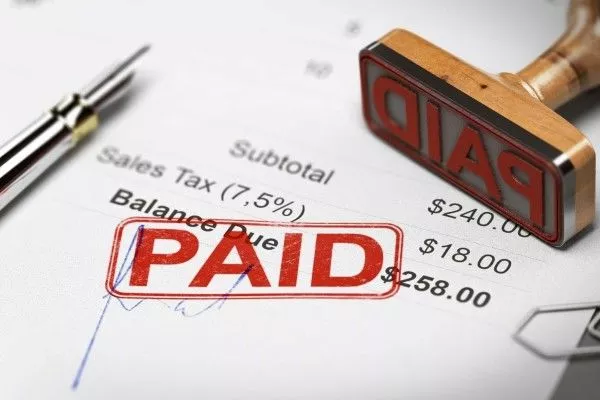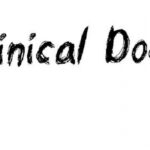
Over the last few years in particular, insurance plans with high deductibles have become very popular – which means that patients are responsible for larger percentages of their own healthcare costs than ever before.
At the same time, many people are under the (unfortunately mistaken) impression than unpaid medical bills in a credit report will NOT cause any damage to their credit score over the long-term – meaning that they may not feel the urgency to pay in some situations.
Thankfully, improving patient collection in your practice to this point is not nearly as difficult as you may be fearing. You just have to take a few key steps today that will pay huge dividends (both figuratively and literally) tomorrow.
Improving Patient Collection: Steps to Take Before the Patient Appointment
After a patient books an appointment but before that day actually arrives, you should always verify all insurance information on-hand to make sure that the patient in question has the appropriate coverage. At a bare minimum, check to see that they have a deductible and if the answer to that is yes, ensure that the deductible has been met. There is software out there that can help your medical practice and your staff members do this automatically, all so that you can save a great deal of time in the process.

Likewise, have someone reach out to and communicate with the patient if there is any copay or deductible (or past due balance) before the appointment. Make sure they understand the situation and do what you can to help them take care of it in a sympathetic way, all before their appointment happens.
What to Do During a Patient’s Appointment
Once the patient’s appointment day is here, try to collect their copay, deductible or past due balance before the patient sees the provider (if possible). It is natural to meet a bit of resistance to that point, so be sure to frame your communications in a way that puts their mind at ease.
For example: rather than asking patients if they want to pay today, ask them HOW they want to pay today. Let them know about any special payment arrangements that they can make and generally just make sure that they understand all of the various options available to them.
Likewise, make sure that someone in your office can actually accept a credit card to facilitate the payment (if applicable). Really, what you are doing is trying to take care of potential issues now to create the most hassle-free payment experience possible for people. Not only will this help take care of any perceived issues with this appointment, but the positive experience will also help make people more inclined to pay again in the future.
Billing Considerations for After the Appointment and Beyond
It goes without saying that, at times, you may not be able to collect patient medical bills before or even on the day of an appointment. This is especially common these days, given the economic uncertainty brought on by the ongoing COVID-19 pandemic. Everyone has a different and unique situation, and you can never be too sure of what challenges someone may face. But at the same time, that does not mean that you do not have steps available to you after they have left your office.
First, be sure to follow up with the patient about any past due balance as soon as you can after the appointment – even as soon as the next day is okay in a lot of situations. Generally speaking, it may be more practical for medical practices to send statements to patient homes as a first option. This statement should include as much relevant information as possible including when the service was provided, what specifically was done during the service, the portion of the bill being paid by insurance, and more. If the patient receives the statement but still does not pay, that is when you will want to reach out by giving them a call.
Again, you are trying to put their mind at ease and remind them of what they are actually paying for. A lot of times people will be much more open to the idea of making this type of late payment if they understand what you are trying to collect for.

If possible, offer an option to pay bills online as this can absolutely help increase collection. Someone may not like the idea of giving a credit card number over the phone, and that’s understandable – but let them know that you have a secure online payment portal that they can take advantage of at their convenience.
Likewise, if you are able to, offer a payment plan for larger amounts to help all parties involved. Not only do patients not have to worry about suddenly coming up with a huge amount of cash at once, but you also get to collect on the bill itself – albeit in small portions. Oftentimes, this compromise can make all the difference in the world. All of this will not just improve your relationships with your patients – it will help support your revenue cycle as well.

At Symbion, we pride ourselves on acting as a partner to medical practices like yours – and one that wants to help you optimize your collection and achieve the most accurate, timely reimbursement possible. So if you’d like to find out more information about these and other simple strategies that you can use to improve patient collection in your medical practice, or if you’d just like to discuss your own needs with someone in a little more detail, please don’t delay – give us a call today at (800) 672-8149 or visit us at www.symbioncoding.com.






No comment yet, add your voice below!